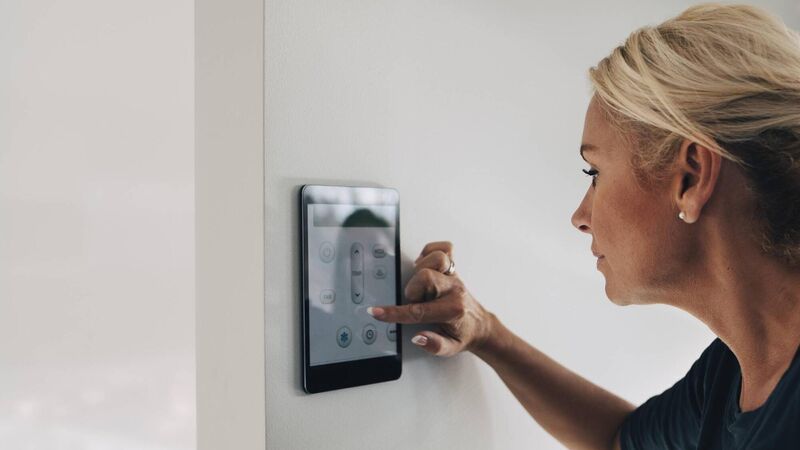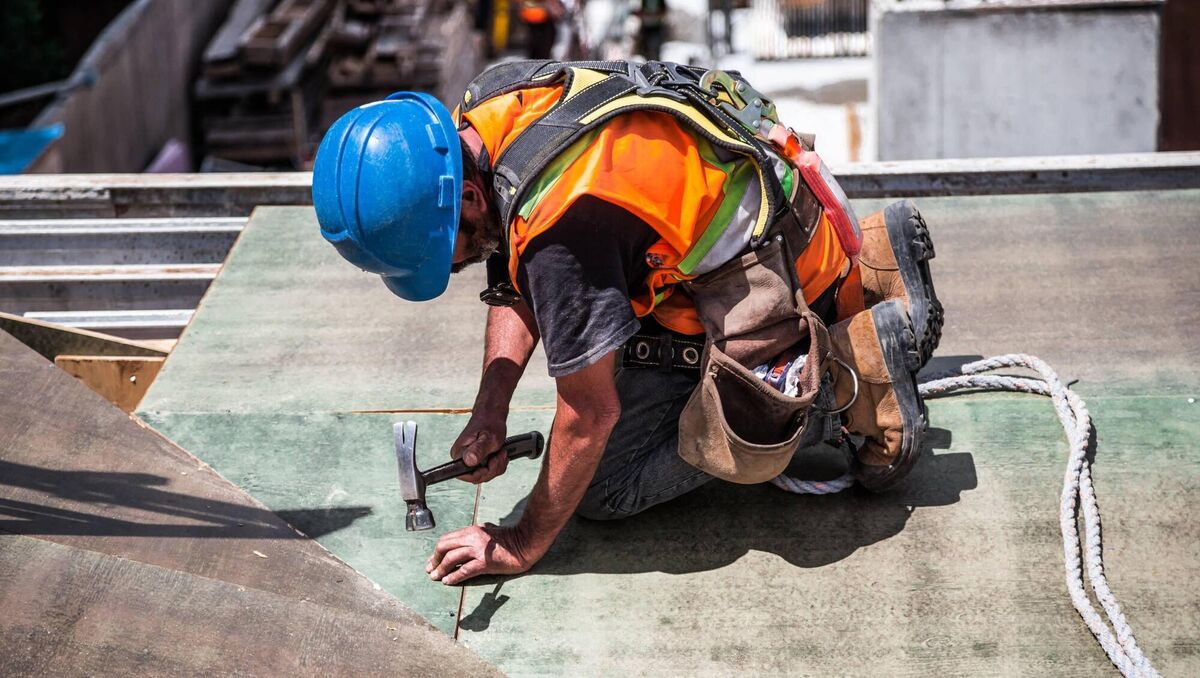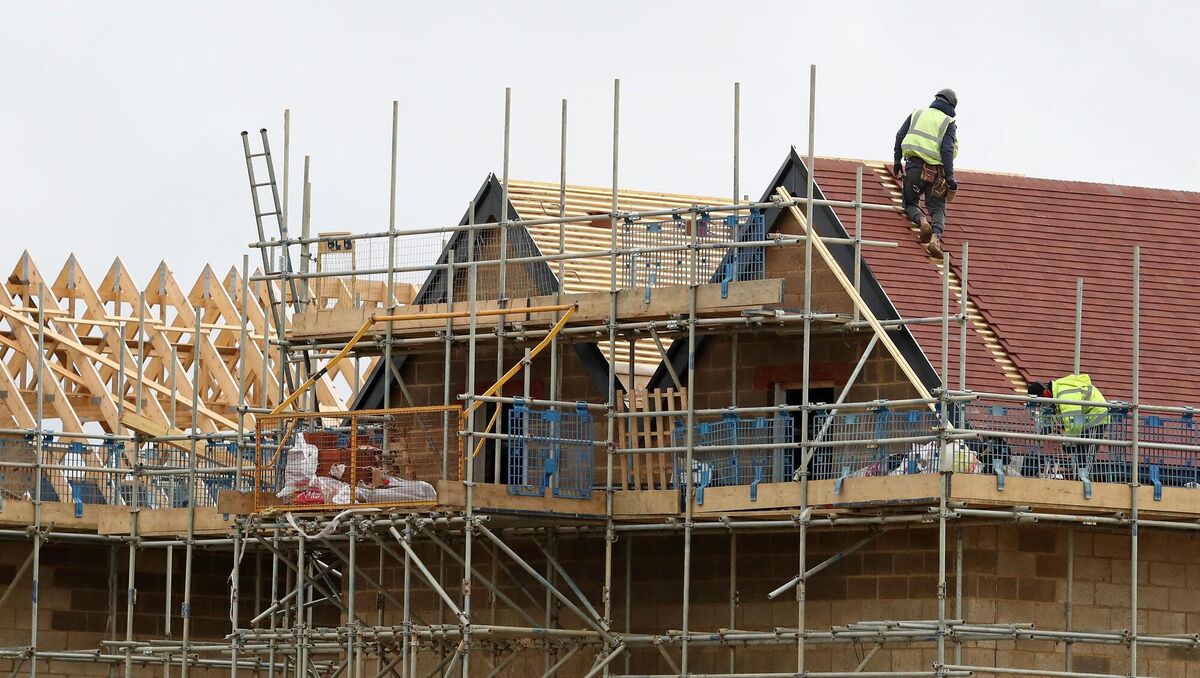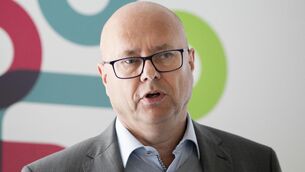Rory Hearne: We can and must tackle housing and climate crises together

For retrofit refurbishment, there's a holy trinity: comfort, economy and environment. If done right you should achieve all three, regardless of which is your priority. Picture: Getty Images
My 6-year-old son asked me if submarines run on petrol or electricity. "I'm not sure", I replied, "why do you ask?"
He said, "because I want to use a submarine for my round the world trip but petrol is bad for the environment, so I'll only go if it's on electricity from wind”.
My 6-year-old gets it – we have to change utterly to avoid disastrous climate change and save our environment, biodiversity, and humanity’s existence.
But do we get the scale of the change required yet? Will the Government’s Climate Plan deliver?
In the area of housing, we are most definitely not taking the climate crisis serious. There’s no realistic plan for retrofitting our housing stock and no strategy for ensuring new housing is a net-zero contributor to climate emissions.
This is a real pity, because delivering improved energy standards of our housing stock, and environmentally sustainable new homes, could go a long way to addressing the climate and housing crisis together.
This should be the way to achieve a genuinely socially just transition, enhance social cohesion in tackling climate change, and improve standards of living, particularly of those struggling financially and most affected by the housing crisis.
It is through a new vision for our housing system, based on ensuring environmentally sustainable, affordable, high-quality homes for all, that we can make a major leap forward to meeting our climate targets in a socially inclusive way. This must be at the heart of the forthcoming Housing for All plan
The latest UN Intergovernmental Panel on Climate Change report laid out in the starkest terms the rapid and large-scale reductions required in greenhouse gas (GHG) emissions. The report also shows that we can still act to impact climate change.
And it is in the area of housing that there is real potential and opportunity to address climate change targets, the housing crisis and societal inequalities.
In Ireland, 10% of the country’s greenhouse gas is emitted from the residential sector – from our homes – in various forms. The construction of the built environment, particularly concrete, is also a significant contributor.
Ensuring existing homes are net zero-carbon and energy-efficient, and that new homes produce zero emissions both during construction and over their lifetime, is, therefore, critical to achieving climate targets.
We can and must address both the climate and housing crises simultaneously. Housing can be an area that makes a major contribution to a just transition, where people experience an improvement in their quality of life while also addressing the climate crisis.

This would provide enhanced public support for climate measures if people were receiving an improvement in their own homes, and Generation Rent were provided with climate sustainable, new, and refurbished homes.
If we do not do this, the future is going to see rising socially divisive inequality between those who can afford to retrofit their homes, or buy or build passive net-zero housing and afford renewable energy generation, and those hard-pressed households unable to afford energy-efficient homes.
Lower-income households will be paying the highest carbon taxes and suffer most from ill-health related to poor housing.
This includes tenants in the private rental sector and social housing in very poor energy-efficient housing. Some local authority high-rise flat complexes and estates have substantial issues of substandard housing, which I highlighted in my human rights work with Dolphin House, with major problems of mould and dampness.
70% of tenants surveyed across 20 social housing estates found their homes cold or difficult to heat.
Vulnerable groups and those on lower incomes who cannot afford to make the necessary retrofitting changes or build sustainable energy systems into their homes will lose out, over and over again.
They will be hit by increased carbon taxes and levies, higher energy bills, poor housing related ill-health, an inability to afford to move or renovate after climate-related weather events such as floods, droughts and storms, and the incapacity to gain from producing renewable energy through their homes and neighbourhoods.
The extent of this issue with housing is shown by the fact that one in six households are in energy poverty in Ireland, the poor conditions of their home such as lack of insulation, a significant factor in this.
It is estimated by St Vincent De Paul that 140,000 children in Ireland are living in homes that have a leaking roof, damp walls, floors or foundation, or rot in window frames or floors. While over 240,000 people are unable to keep their house adequately warm.
These include low-income families with children, lone parents, renters, and people with disabilities. They cannot afford retrofitting.
The costs of retrofitting homes - bringing a home up to the recommended B2 level rating (which is still five grades lower than A1 standard) costs between €30,000 and €75,000. Even with a 35% grant, that is a huge up-front cost for many households in this country, who are struggling to pay existing bills and often have nothing left at the end of the month.
45% of households, equating to 765,000 households, have a gross annual income less than €40,000 – they cannot afford to contribute to retrofitting their home. A further 20% of households, or 340,000 households, have a gross household income of less than €20,000.
That’s over a million households who are unlikely to be able to afford to retrofit, or integrate renewable energy. And while some people have increased savings from COVID, there are many that are worse off having been hit by job and income loss.

The climate response and policy discussion is dominated by how we as individuals need to change and take responsibility. This is of course vital, but it misses the large scale fundamental and structural systems that have to be changed, like in housing. And how inequalities restrict the ability of many individuals to afford to make the necessary changes.
Climate policy that is blind to inequity fails to recognise the differing capabilities of individuals to take part in the necessary transition to a zero-carbon future. And those left behind will understandably resist and oppose necessary change.
Fundamental structural change and redressing inequalities need a societal and Government response, rather than the individualisation of blame.
That is why the Government’s targets and investment in retrofitting and providing environmentally sustainably homes needs to be radically increased, as I explain in part two of this article, tomorrow.
CLIMATE & SUSTAINABILITY HUB















